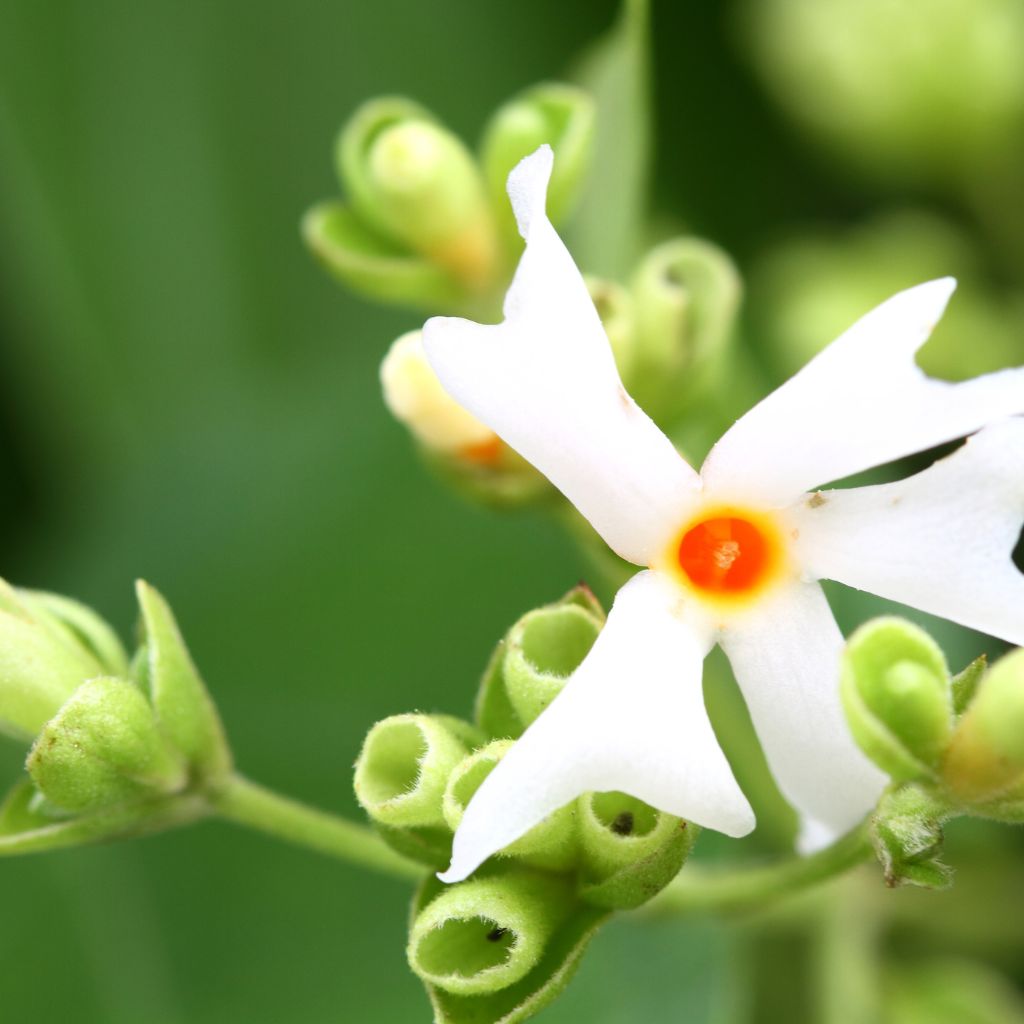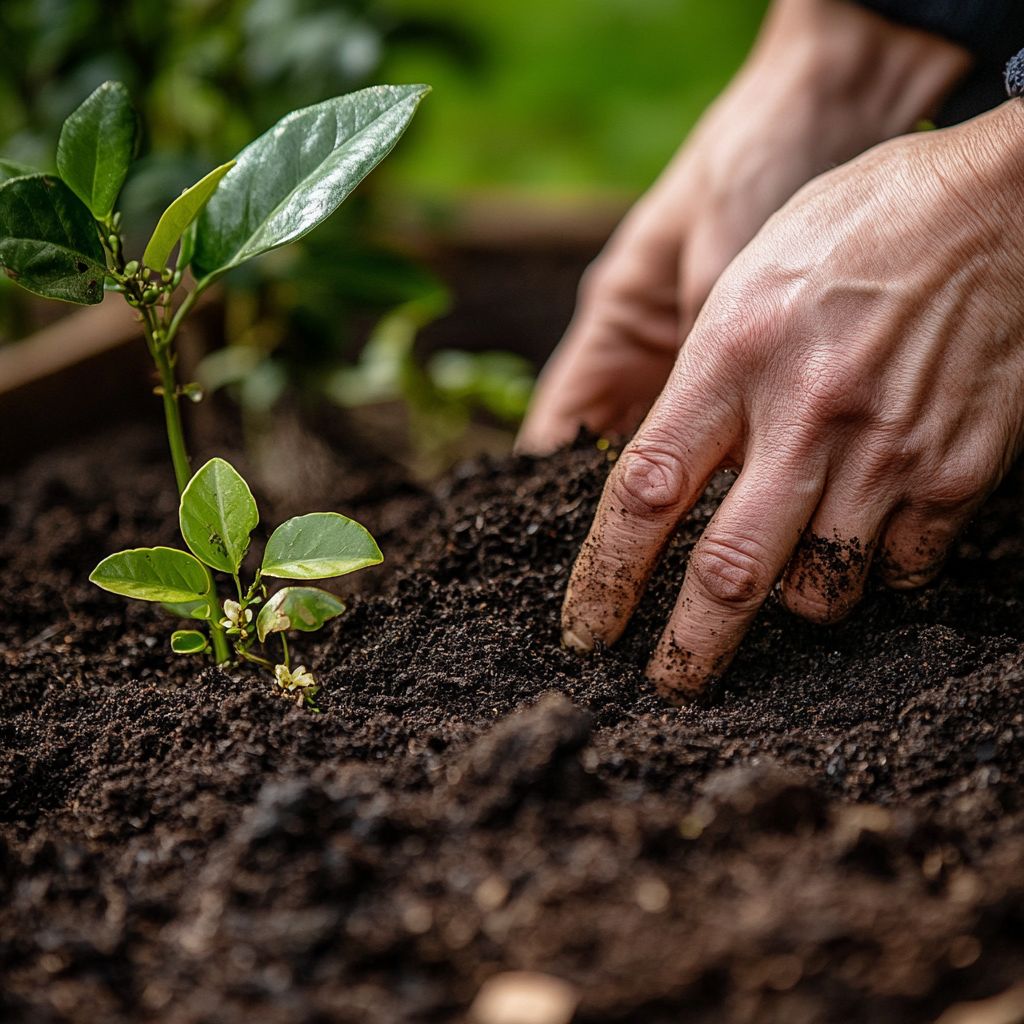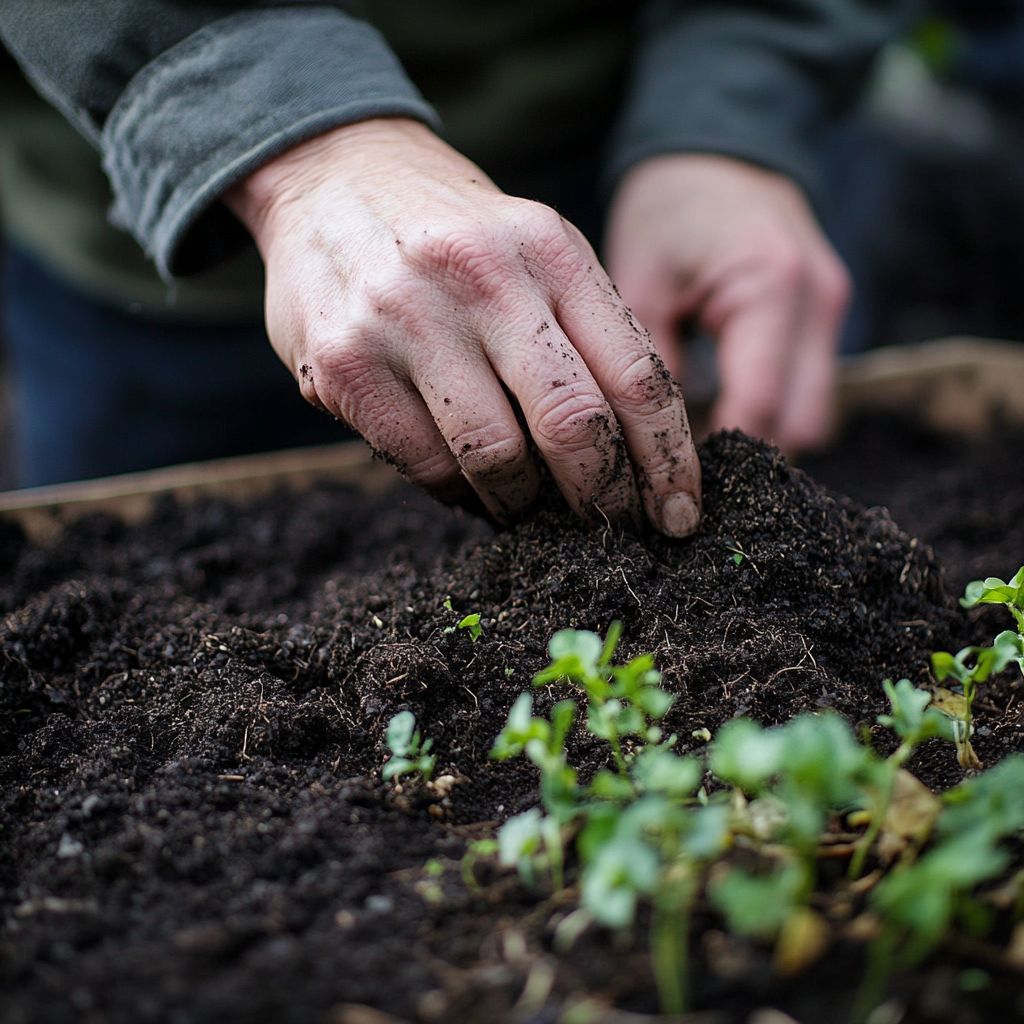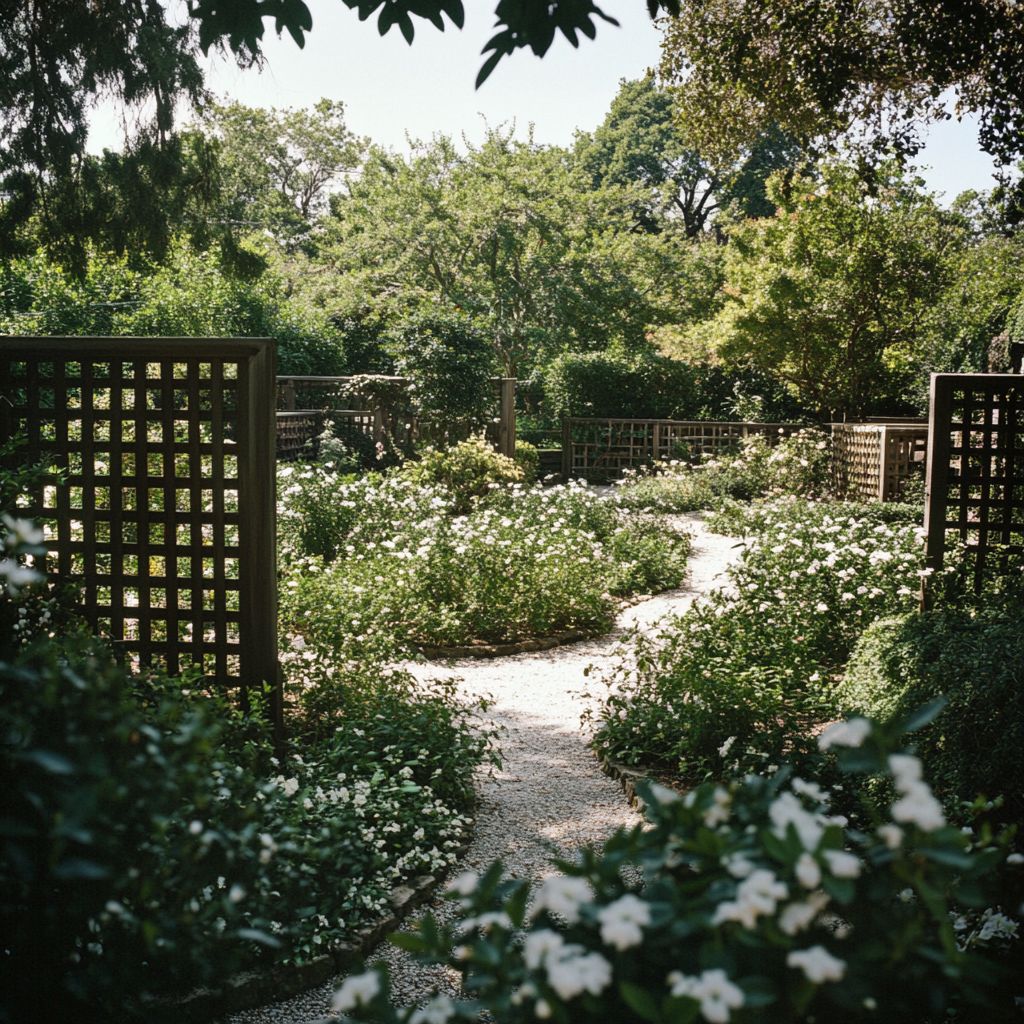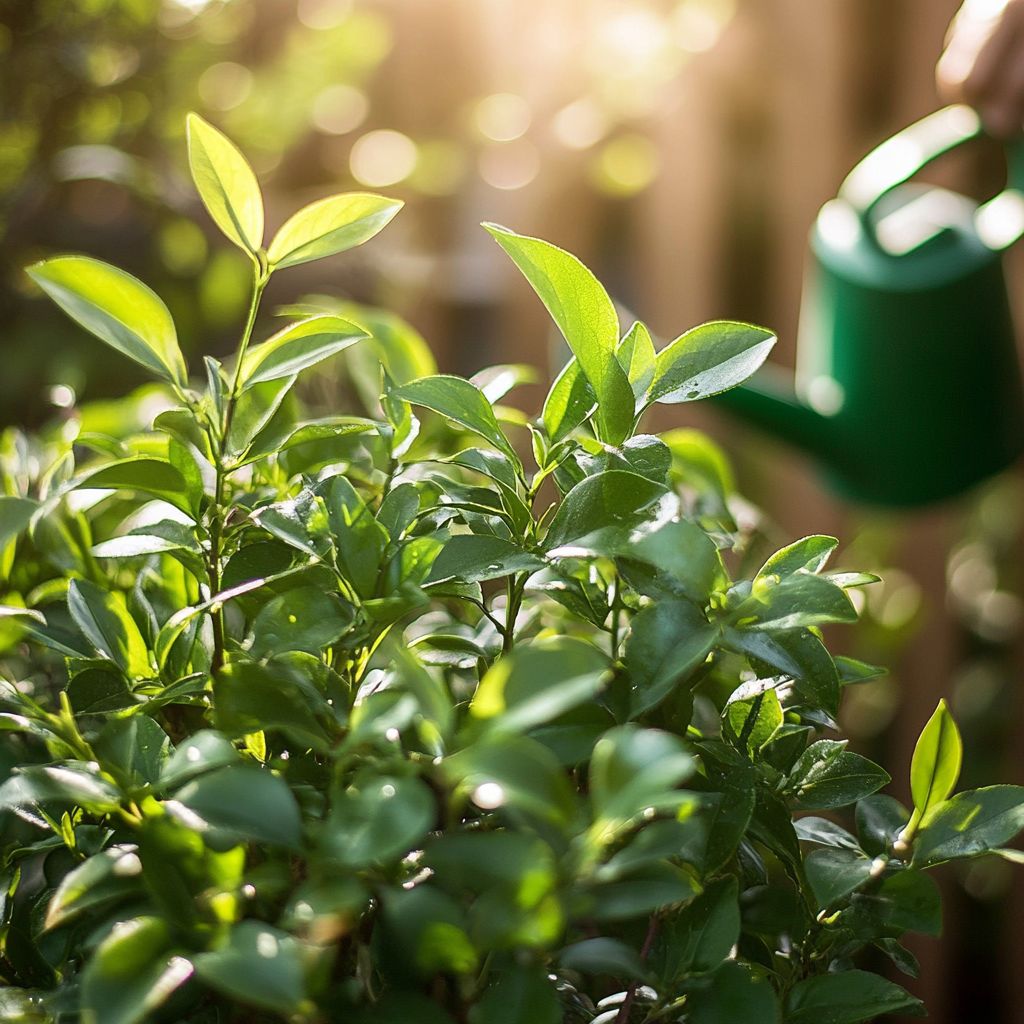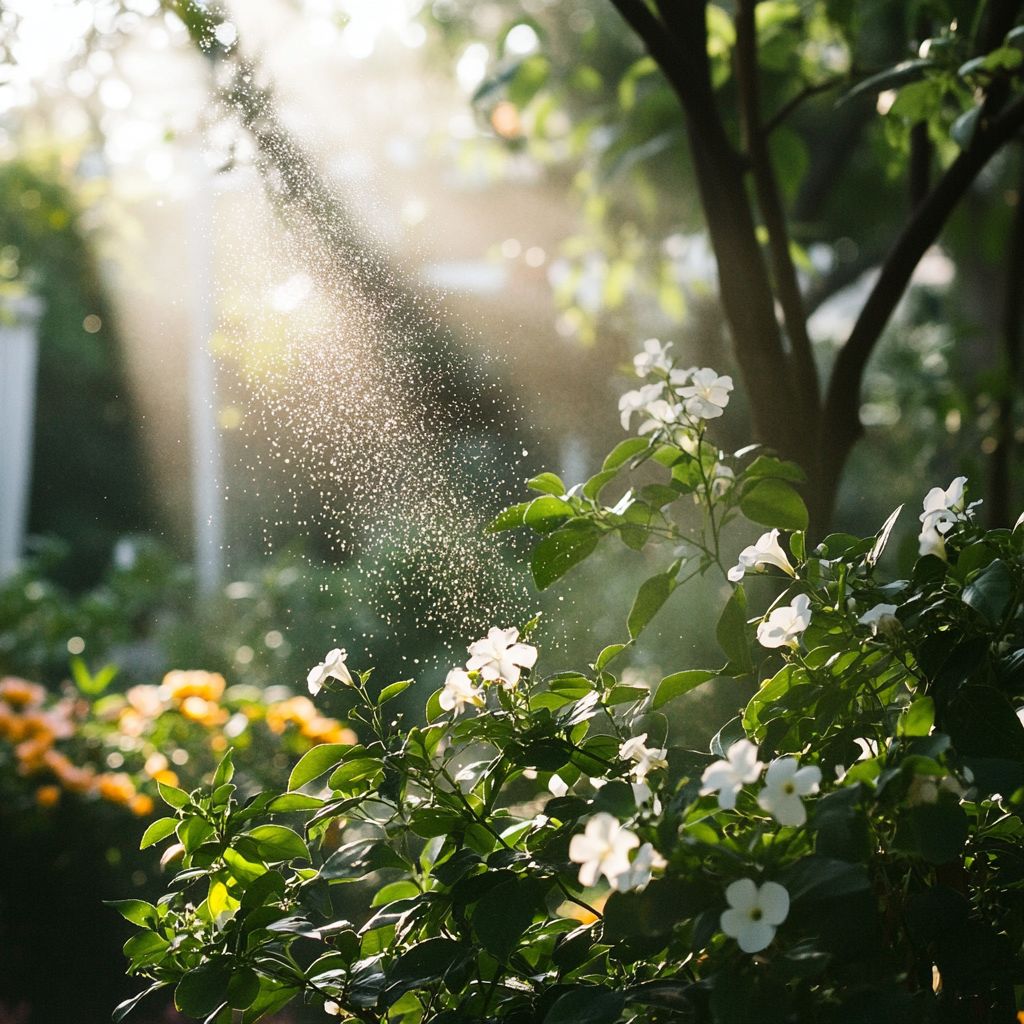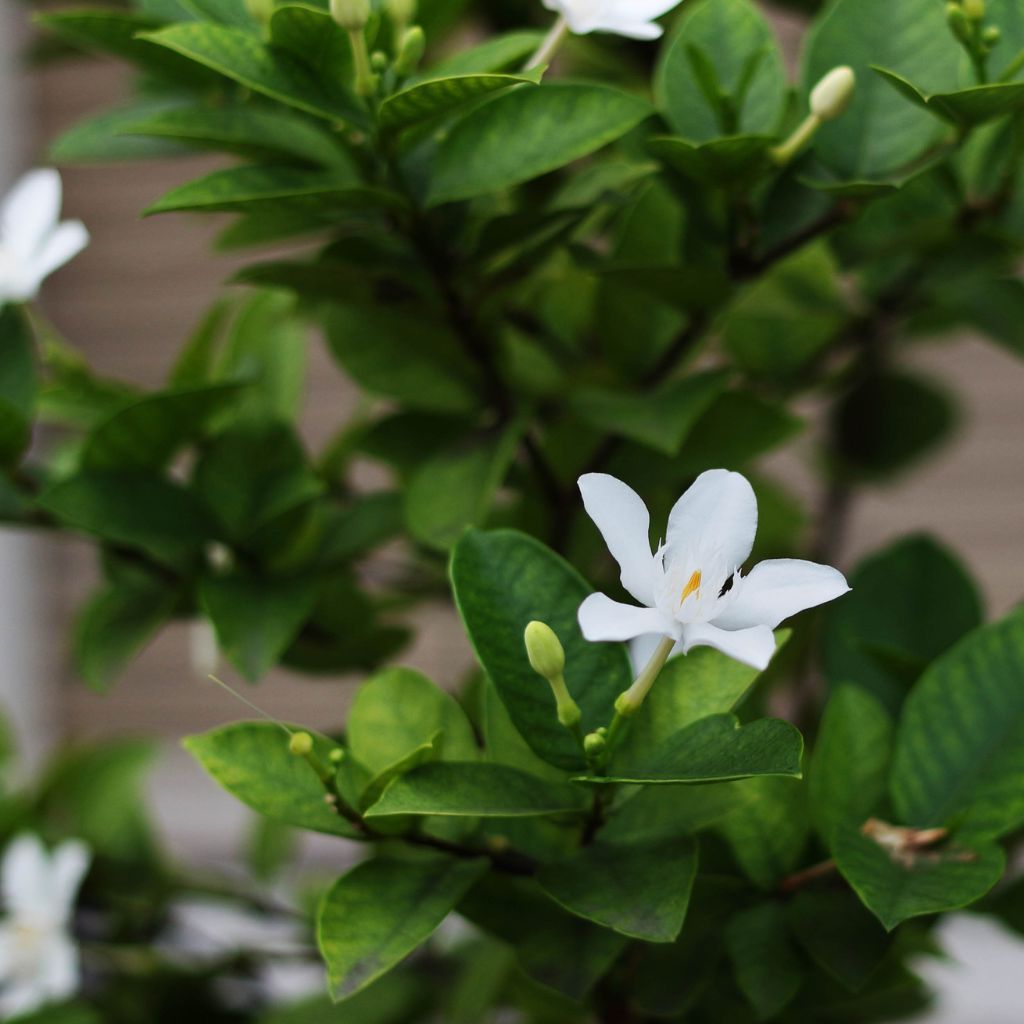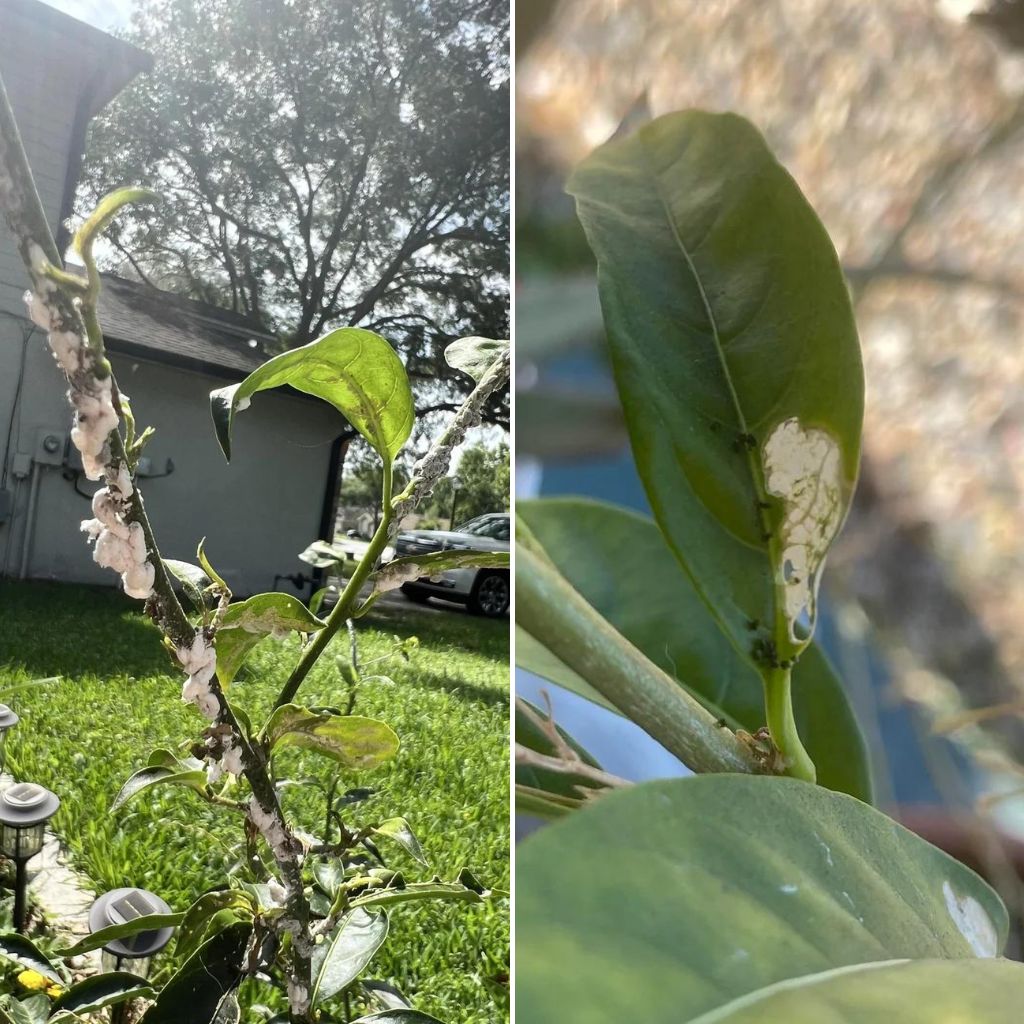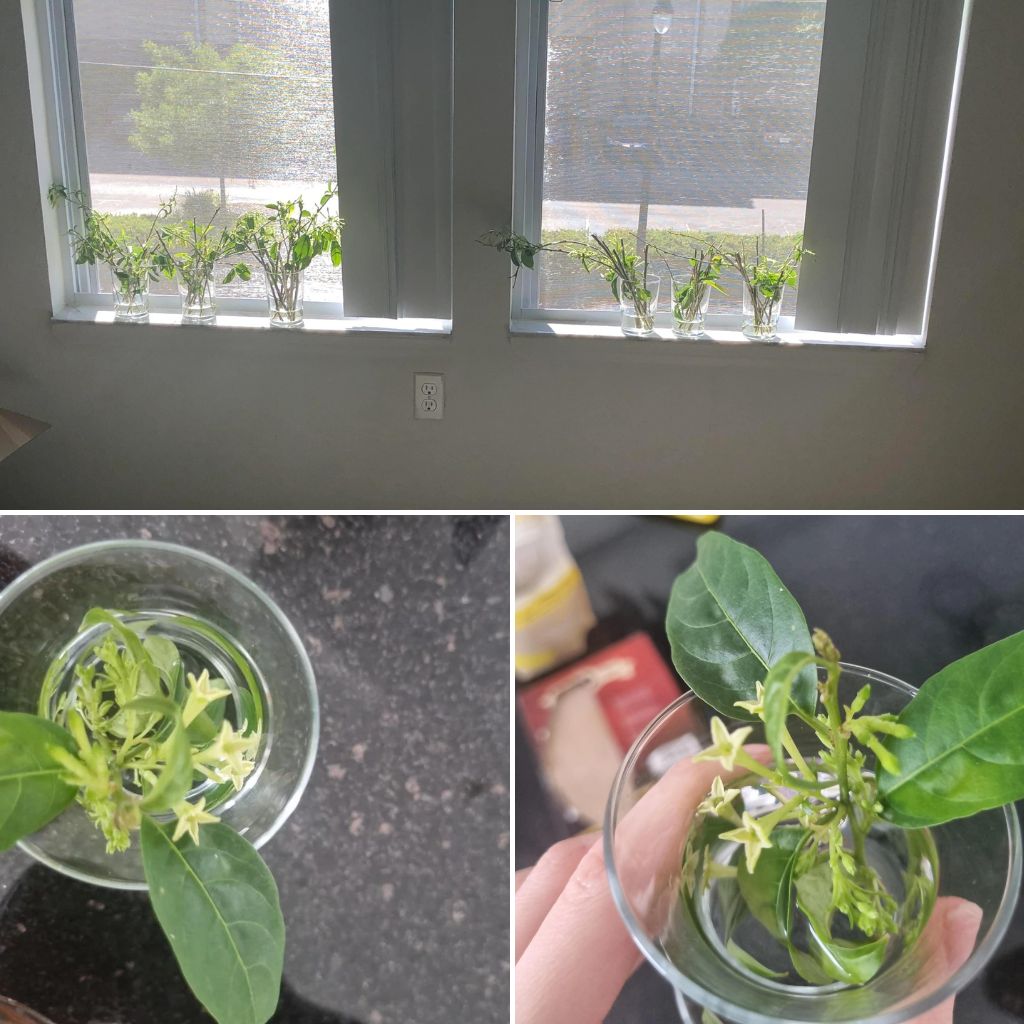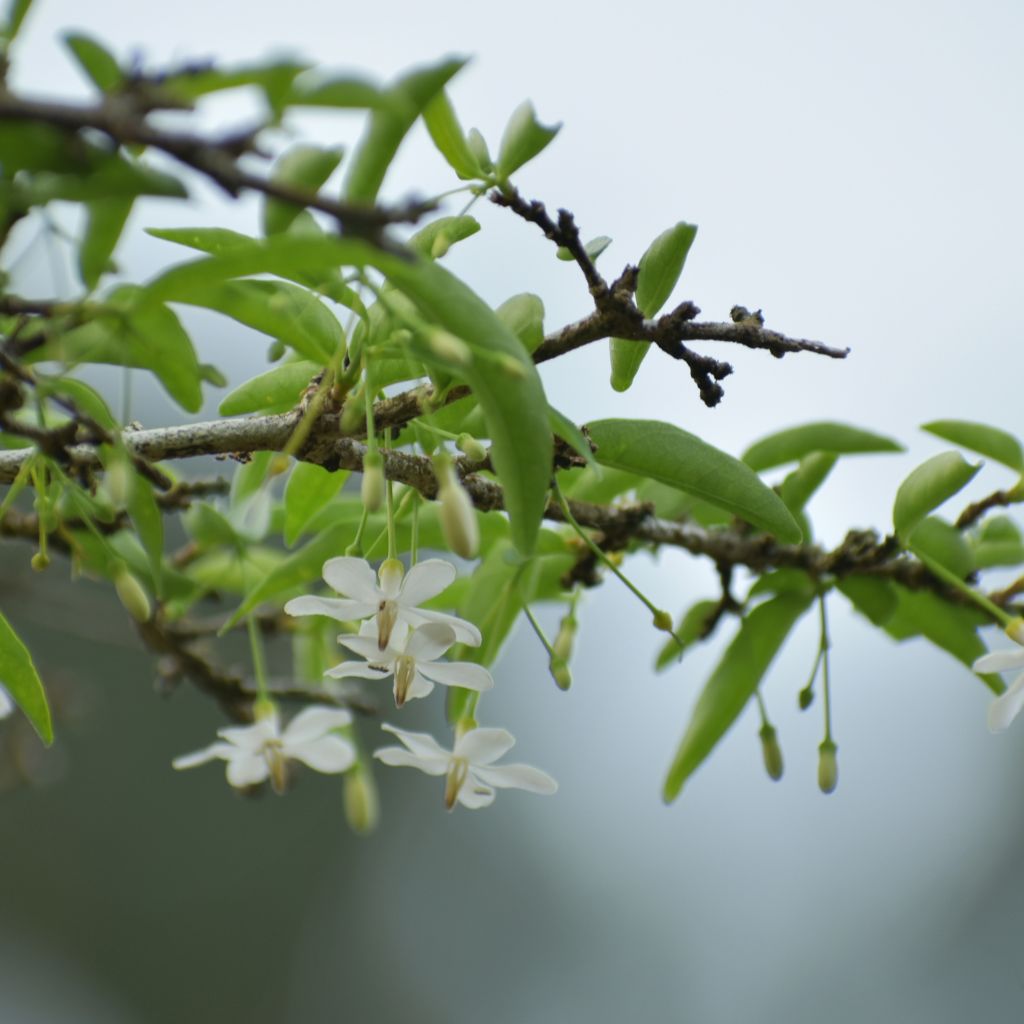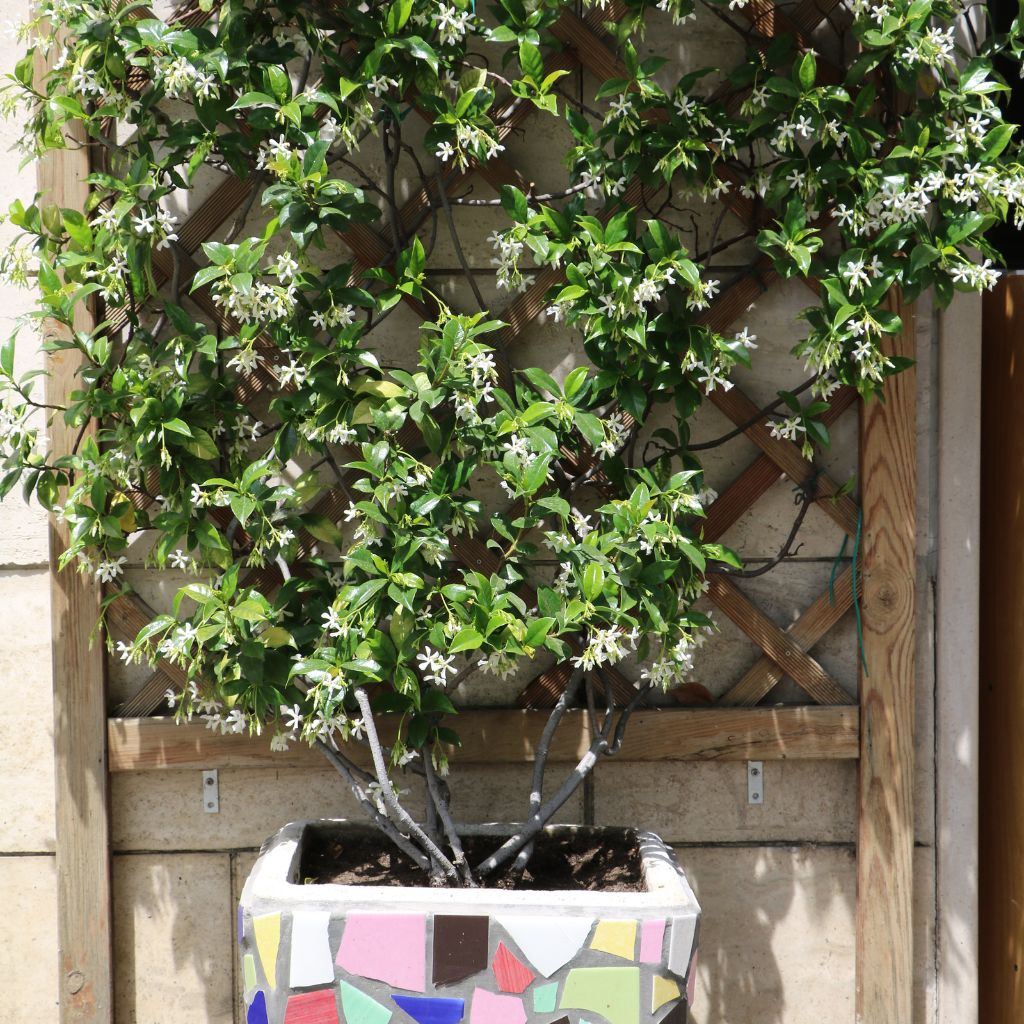Alright folks, let’s talk about a plant that brings some serious magic to your garden after the sun goes down—night-blooming jasmine.
I know what you’re thinking, “Jaz, flowers are great, but why should I care about something that blooms at night?”
Well, let me tell you, this plant does more than just look good; it transforms your backyard into a fragrant paradise that’ll have your neighbors wondering where that sweet smell is coming from.
So, if you’re ready to turn your garden into an after-dark oasis, let’s dive into how to grow and care for night-blooming jasmine.
What’s So Special About Night-Blooming Jasmine?
First off, let’s clear something up—night-blooming jasmine (Cestrum nocturnum) isn’t your typical jasmine plant. It’s part of the same family as potatoes and tomatoes (I know, right?), but it packs a fragrance punch like no other.
Its small, tubular flowers don’t look like much during the day, but come nighttime, they open up and release a perfume that can fill your entire yard.
Imagine sitting outside with a cold drink in hand, the stars above, and the scent of sweet jasmine surrounding you. Sounds perfect, right? Now let’s get into the nitty-gritty of how to make that dream a reality.
Planting Night-Blooming Jasmine
1. Choose the Right Spot
Like any relationship, where you plant your night-blooming jasmine matters. These plants love the sun—about six hours a day will do. But don’t worry, they can handle a little shade too.
The key is to make sure they’re getting enough sunlight to really thrive, but not so much that they get scorched, especially if you’re in a hotter climate.
2. Soil Prep
Good news: night-blooming jasmine isn’t too picky about soil. As long as it’s fertile and well-draining, your plant will be happy.
If your soil is on the sandy side, mix in some compost or peat humus to give it a nutrient boost. Just be sure the water drains well; soggy roots can spell trouble for this beauty.
3. Space to Grow
These shrubs can grow fast, and they like to spread out. If you’re planting more than one, give them at least four feet of space.
Trust me, they’ll fill it out quickly. You don’t want to crowd them or they’ll compete for water and nutrients. Think of it as giving them their own little piece of garden real estate to thrive in.
4. Watering It In
Once you’ve got your jasmine in the ground, give it a good soak. And I mean really soak it. This helps settle the roots and gives them a strong start.
After that, you’ll want to keep the soil consistently moist, especially in the first few weeks. Just don’t overdo it—too much water and you could end up with root rot.
Caring for Night-Blooming Jasmine
1. Watering Schedule
These plants love water, especially when they’re getting established. For the first few weeks, you’ll want to water them a couple of times a week.
After that, once they’re settled in, a good soak once a week during the growing season should do the trick. Just keep an eye on the weather; if it’s particularly hot or dry, give them a little extra love.
2. Feeding Time
Now, let’s talk food. Night-blooming jasmine loves fertile soil, so feeding them a balanced fertilizer (something like 10-10-10) every month during the growing season will keep them happy.
For mature plants, an annual feeding in early spring should be enough to encourage those fragrant blooms.
3. Pruning Like a Pro
Let’s be real, these plants can get a little wild if left unchecked. After the flowering season (which is typically late summer to fall), it’s time to grab your pruning shears.
Cut back any dead or overgrown branches to encourage new growth and keep your plant looking its best.
Plus, pruning after flowering reduces the chance of those pesky berries forming, which can be toxic to pets and kids. Keep things tidy, and your plant will thank you with more blooms next year.
Indoor Care for Night-Blooming Jasmine
Not everyone has the luxury of a warm, humid climate year-round, and that’s okay. Night-blooming jasmine can thrive indoors too, as long as you give it the right conditions.
1. Find the Sunny Spot
Indoors, these plants need to be near a bright, sunny window that gets a good 4-6 hours of sunlight a day. If you’ve got a conservatory or a bright bathroom, even better—these plants love humidity, so the steam from your shower will make them feel right at home.
2. Water Wisely
Just because they’re indoors doesn’t mean they need less water. Keep the soil moist but not soggy. During the winter, cut back on the watering a bit since the plant won’t be growing as vigorously, but don’t let it dry out completely.
3. Humidity Hacks
If you live in a dry climate or your home is prone to low humidity, mist the plant regularly or set it on a humidity tray (a shallow dish filled with water and pebbles). This little extra effort will make a big difference in keeping your plant happy.
Pests and Problems
Even the best plants can have a rough day, and night-blooming jasmine is no exception. Here are a couple of common issues and how to handle them:
1. Aphids and Caterpillars
These little critters love night-blooming jasmine. You can usually blast aphids off with a strong stream of water or use a bit of insecticidal soap.
Caterpillars are best picked off by hand. And hey, if they’re butterfly caterpillars, you might want to leave them be—they’ll soon be beautiful pollinators helping your garden grow.
2. Root Rot
Too much water is a big no-no. If you notice your plant looking droopy or the leaves turning yellow, check your soil drainage. If it’s too soggy, you’ll need to let the soil dry out or even replant in better-draining soil to avoid root rot.
Propagating Night-Blooming Jasmine
Source: Reddit
Want more of these fragrant beauties in your yard? Propagation is super easy.
1. Stem Cuttings
The easiest way to grow more jasmine is by taking stem cuttings. Snip off a healthy stem in the fall, place it in water, and wait for roots to sprout.
Once you see roots, transplant it into soil and keep it indoors until spring. Come warmer weather, you’ll have a new plant ready to go.
2. Seeds
Growing from seeds is a little trickier. The seeds from those little berries can take a while to germinate, and you’ll need to keep them in warm, moist soil to get them started.
It might take a month or two to see any shoots, so if you’re the patient type, go for it!
Enjoying the Fragrance
Finally, let’s not forget the whole reason you’re growing night-blooming jasmine in the first place—the smell.
To really enjoy that intoxicating scent, plant it near a patio, porch, or open window so the fragrance can drift through your home or outdoor space in the evenings. Trust me, there’s nothing like it.
So there you have it. Growing night-blooming jasmine is a surefire way to add a little bit of magic to your garden.
With some sunlight, a little water, and the right care, this plant will reward you with those gorgeous night-time blooms and a scent that’ll make your backyard the envy of the neighborhood.
Get out there, plant some jasmine, and let the sweet smell of success roll in!

